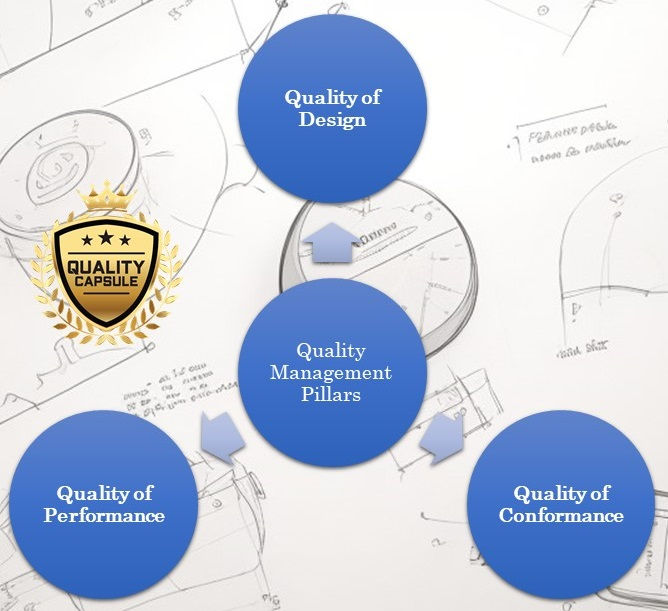Fishbone Diagrams Misuse
- islam Arid

- Dec 17, 2023
- 3 min read
Updated: Jan 9, 2024
Comprehensive Course on Enterprise Risk Management
Our Discount courses :
Introduction:
Navigating the Waters: Effectively Using Fishbone Diagrams for Root Cause Analysis
Introduction:
In the realm of problem-solving methodologies, the Fishbone Diagram, also known as the Cause and Effect Diagram, stands out as a powerful tool. However, the effectiveness of this tool hinges on the user's approach and methodology. In this article, we delve into the potential pitfalls and common misuses of the Fishbone Diagram, emphasizing the importance of a thoughtful and strategic application.
Fish bone Diagram or Ishikawa Diagram
So, what exactly is a Cause-and-Effect Diagram?
A Cause-and-Effect Diagram is a powerful visual tool that helps us. to identify and understand the many possible causes of a specific problem or effect. Simply It's like a roadmap that guides us through the complex web of relationships between different factors.This diagram is often used in quality improvement processes to structure brainstorming sessions and categorize ideas effectively.
The User's Role:
No tool operates in isolation; it is merely a facilitator for decision-making. The Fishbone Diagram is no exception. Its utility lies in providing diverse perspectives to users, aiding them in making informed decisions. Nevertheless, the diagram's output is only as valuable as the user's commitment to objective analysis and accurate interpretation.
Common Misuses:
Means to a Pre-conceived End: One prevalent misuse involves manipulating the Fishbone Diagram to align with predetermined decisions. Users may tamper with causal relationships to justify choices already made, abandoning logical analysis for the sake of conformity.
Effects Instead of Causes: A common mistake is reversing the plotting of causes, turning the hierarchy into a progression of effects rather than tracing causes from effect to root cause. This misstep can hinder the identification of true underlying issues.
Incorrect Problem Statement Definition: Starting with a flawed problem statement or effect can lead to misguided root cause identification. Guesswork or assumptions at the problem's outset compromise the quality of subsequent analyses.
Excessive Guesswork in Causes: Relying on too much guesswork without a validation plan undermines the problem-solving process. Identifying root causes without a solid foundation diminishes the likelihood of effective solutions.
Tracing Back from the Root Cause: Succumbing to the comfort of an immediate cause after identifying a root cause disrupts the investigative process. Rigorous questioning of "Why?" is essential to avoid premature conclusions.
Using Solutions as Causes: In an effort to justify investment in a solution, the Fishbone Diagram may inadvertently list solutions as causes, prefixed by phrases like "Lack of." This clouds the analysis and skews the focus.
Single Root Cause Identification: Failing to recognize that a problem may have multiple root causes is a common oversight. Excitement or laziness may lead to prematurely settling on one root cause.
Confusing Correlation with Causation: Mistaking commonalities for causation can misdirect the analysis. Understanding the distinction between correlation and causation is crucial for accurate problem identification.
Working to a Strict Time Deadline: Time constraints can hinder a thorough analysis. Rushing through root cause identification may lead to oversight, rendering the process ineffective.
Criticizing Proposed Root Cause Ideas: A stifled thought process among participants inhibits the effectiveness of the Fishbone Diagram. Open and free-thinking is necessary for a comprehensive analysis.
Holy Cows: Some individuals or processes may be considered untouchable, halting the root cause analysis prematurely. Objectivity should prevail, allowing for a thorough examination.
“Out of Control” Causes: Steering the analysis towards causes beyond organizational control may be a defensive strategy to avoid responsibility. This approach compromises the efficacy of corrective action.
People-Related Causes: Generic attributions like "human error" without deeper exploration hinder problem resolution. Detailed analysis of human factors is essential for meaningful insights.
Focusing on "Who" Rather than "What": Distractions arise when the focus shifts to individual accountability rather than a comprehensive understanding of the problem's nature.
Conclusion:
Effectively utilizing the Fishbone Diagram requires a commitment to objective analysis, critical thinking, and a thorough understanding of the problem at hand. By avoiding common misuses and pitfalls, users can harness the true potential of this valuable tool for insightful root cause analysis and informed decision-making.
Our courses :
Hashtags:
#qualitytime #qualitycontrol #qualityoflife #qualityeducation #qualitymatters #qualityfirst #qualitywigs #equalitymatters #racialequality #swissquality #qualitysleep #qualityused #qualitycars #qualitytimes #qualitycoffee #qualityguaranteed #qualityusedcars #foodquality #finestquality #highqualitybag #starquality #affordable #prochoice #equity #inclusive #antiracism #kissmylook #lesbianvids #bagsandpurses #abortionisnormal #familia #m #sixsigma #fiel #sentimental #elloko #gracias #thefool #leadership #kaizen #kanban #pdca #dmaic #qualityassurance #hff #o #leanmanufacturing #leansixsigma #tequiero #justintime #vsm #iatf #jit #qms #qualitycontrol #leantools #hermosa #capa #sampling #h
























Comments